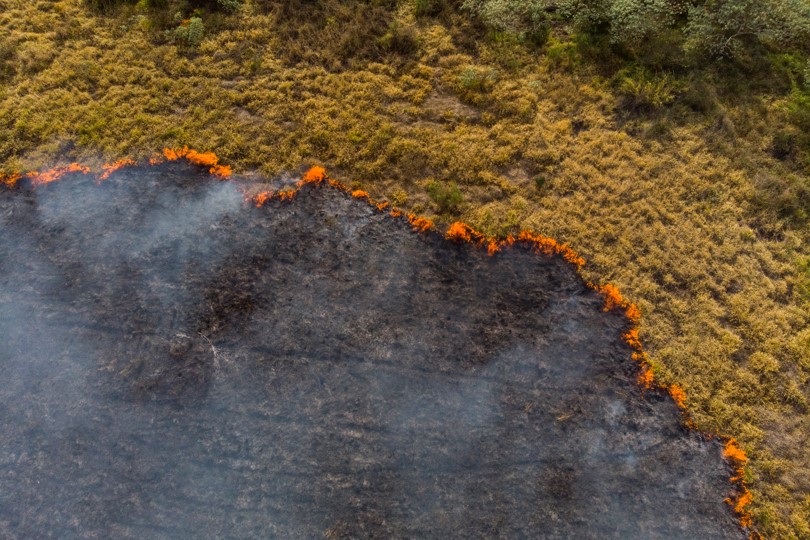Atmospheric, Climate,
and Earth Sciences Division
Atmospheric, Climate,
and Earth Sciences Division
Impacts, Responses, and Adaptation

Developing effective responses to climate change and other environmental trends poses many scientific challenges. Researchers at PNNL lead and participate in a wide variety of projects that address the associated technical needs. They range from improving our understanding of the impacts of climate change on different sectors, to assessing vulnerabilities and potential adaptation options, to supporting the development of renewable energy resources and other climate change mitigation strategies. Many of these activities bridge work in fundamental science with applied research in energy and national security.
Climate analysis: Researchers at PNNL aim to better understand Earth’s climate, past, present, and future. They combine historical data, current measurements, and future projections from a wide variety of sources to develop a rich picture of the climate.
Climate change impacts, adaptation, and vulnerability: Researchers at PNNL, including those at the Joint Global Change Research Institute, are combining stakeholder research methods, integrated assessment and sector-specific models, decision-oriented uncertainty characterization, and analysis of institutional, economic, and other factors to provide quality-controlled, usable information about the vulnerability of different systems, sectors, and regions to climate change, as well as analyzing different adaptation and mitigation options.
Climate mitigation: Responding to the challenges of climate change includes developing strategies and options to lessen its effect on the planet and populations. Research at PNNL, particularly work that uses the Global Change Analysis Model, combines an integrated, global understanding of mitigation issues with detailed knowledge of specific countries and technologies. It covers analysis of policies and implementation options related to energy efficiency in buildings, cogeneration, and reduction of short-lived climate forcers, such as methane.
Carbon cycle and land system science: Human activities—including agriculture, forestry, and other land use changes, such as urbanization—strongly influence the Earth's land surface and carbon cycle. Using field observation research, biogeochemical models, and integrated modeling capabilities, researchers at PNNL focus on reducing the uncertainty surrounding modeling land use and land cover change. Their work also seeks a better understanding of how future human activities and climate changes will affect the terrestrial and global carbon cycles.
Wind energy: The turbulent atmospheric boundary layer plays an important role in the atmospheric energy transfer that governs climate. It also is the part of the atmosphere that provides the fuel for wind energy. Researchers at PNNL are applying their expertise to measure and model the atmospheric boundary layer to improve our quantitative understanding of winds and turbulence affecting the efficiencies, loads, and power variability of both individual turbines and wind plants.
Climate security: PNNL scientists are working across energy, economic, policy, water, and food supply disciplines to address the intersection of climate and other human and environmental trends in the context of national and homeland security. The research spans regional to global scales.